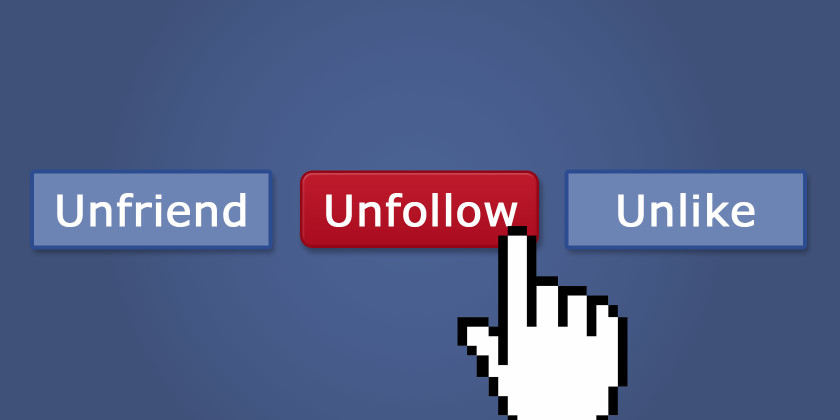Growing a base of followers is usually top of the agenda for brands on social media, and a clever campaign can draw them in. Hanging on to those followers, however, is another story. People tend to get bored of brand accounts, so what can brands do to curb follower drop-off?
The question has been asked by marketers time and time again, it has been the subject of research, and many an article has been written about it: why do brands get unfollowed?
Of course, there could be many reasons, from lack of engagement to offensive posts, but numerous surveys have shown the same result. The most common reason brands lose followers, on Twitter andFacebook specifically, is because the content is repetitive and boring.
A detailed survey of 900 social media users was conducted by Fractl and Buzzstream in 2015, the results of which were unpacked by Kimberlee Morrison, writing for Adweek. “21 percent of survey participants said they unfollowed brands that post repetitive or boring content. 19 percent say they would unfollow a brand on Facebook if they posted too often – more than six times a day,” she writes. “Crowded feeds can also prompt users to engage in ‘social hygiene’. When brands aren’t meeting the needs of the consumer, they’re often the first pages to get unfollowed.”
The survey also reveals that most users unfollow silently, almost 60 percent, while less than 20 percent hide the posts. Morrison adds, “Around 10 percent of those who unfollow will instruct their friends to also unfollow, and around 10 percent will post a status update reflecting the change.”
A better game plan
“Content is king no matter the social media network your brand is utilising,” says account executive atBlack Snow Digital, Keyler Weber. “The type of content posted is critical to success. Prioritise your social media activities that actually matter. Always be on the hunt for new content, only post content that is relevant to your brand, actively engage with followers by responding to their brand related posts and post regularly so your fans know when you’re online.”
Weber adds that consumers engage with a brand because it fits with their particular interests, and it’s vital as a marketer to take that social data and use it to build strong connections with the targeted audience.
“People manage their news feed just as they manage their relationships in real life. They keep the most important and interesting on the top and unfollow the ones that communicate awkwardly or are irrelevant to their interests,” he warns.
What to post
Desiree Gullan, executive creative director at G&G Digital, echoes Weber with an emphasis on good, relevant content, but offers details of what that constitutes. She says the key to success on both Twitterand Facebook is firstly providing relevant news first, but also educating and informing with interesting information, entertaining and uplifting, rewarding with smart and highly creative outputs, and instead of talking about the products themselves, rather talk about the benefits they afford.
Gullan goes further, describing the best approaches for marketing on the two primary social media platforms. Although there is an overlap, for Twitter specifically she advises that brands have something worthwhile to say in the first place. Brands also need to understand who they’re saying it to and must be willing to engage.
She goes on to say that they should try to be witty and keep a real tone of voice not fraught with advertising jargon and clichés, and reference local issues and lingo, while avoiding appropriation. Brands should also recognise ‘twelebs’ and other influencers and attempt to create natural and authentic associations with them.
For Facebook, she says that brands should strive to provide content and information that can’t be found elsewhere and is useful outside of the platform, while maintaining a clear brand voice and personality (rather than robotic marketing speak), and “use analytics and insights to tailor your content for your audience based on what resonates.” Lastly, she adds that shares and comments are a better measure of resonance than likes.
Weber concludes; “Business to consumer marketing has changed. Customers are now influenced by what their friends/family are liking, double tapping and sharing on social networks. The same can be said for business to business marketing – potential prospects are no longer actively seeking new suppliers or products in industry magazines and expos. They expect you to come to them viaFacebook, LinkedIn, Instagram etc., or rank on the first page of Google for them to find you. If your brand is experiencing a drop in page likes or a lower engagement rate it means your brand is not keeping up with the latest trends in content marketing.”











